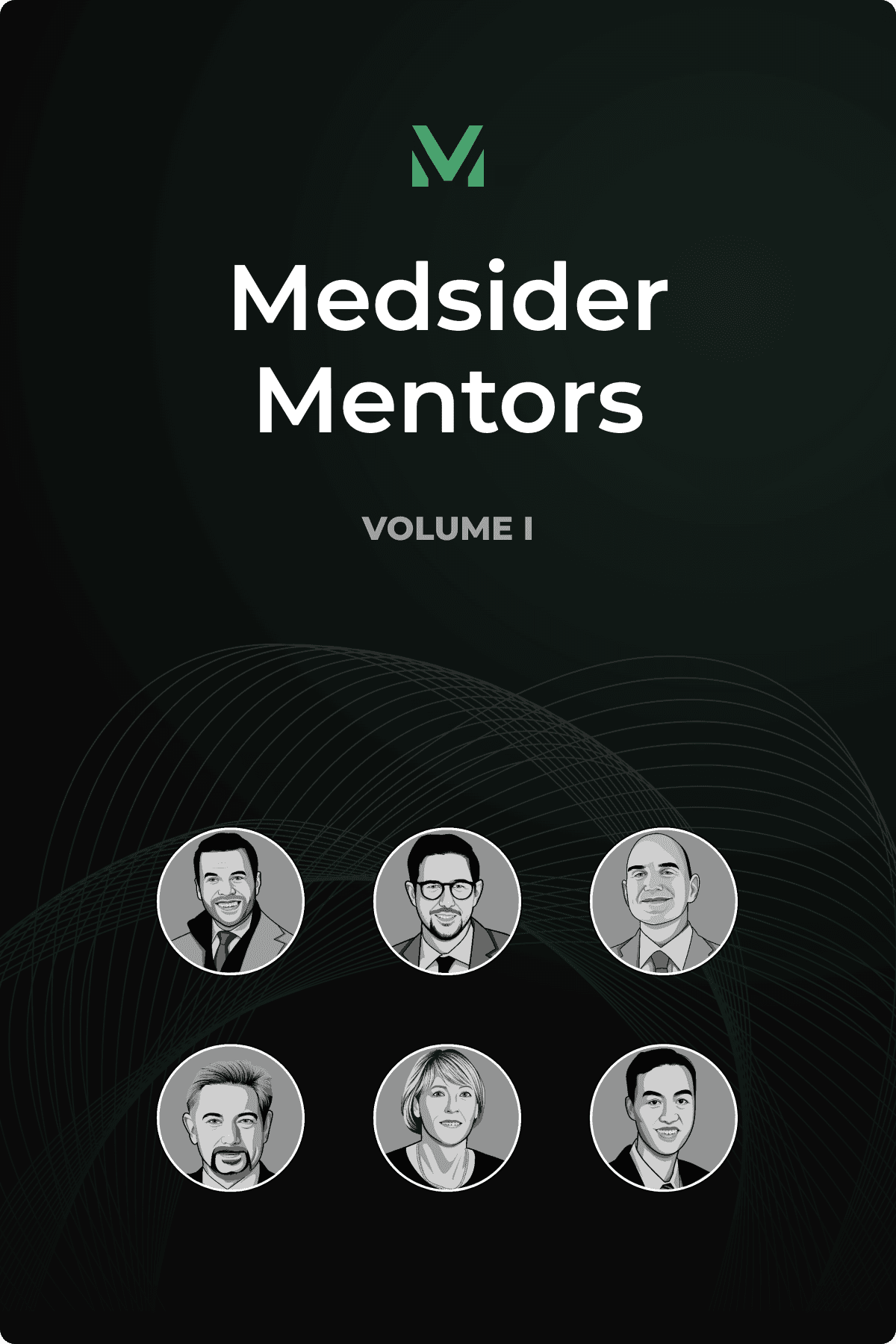A Great Product vs. a Great Business
Interview with EDAP TMS CEO Ryan Rhodes

Key Learnings From Ryan's Experience
Your medtech product needs to be teachable and deliver consistently repeatable results. Without these critical factors, it won’t gain traction. Standardizing processes makes it easier for users to adopt and integrate. A dedicated adoption team can help drive long-term success. The early adopters take the biggest risk, but they also gain the most from being first to market with new technology. It can be useful to target organizations that see themselves as innovation leaders.
Test rigorously (even early on) and be open to other applications. Run clinical studies, validate results, and compare to the gold standard in your field. Strong data is essential for credibility, regulatory approvals, and reimbursement. Your technology might have broader applications than you initially expected. Stay open to insights from physicians, researchers, and even patients who can reveal new use cases.
A great product doesn’t always translate into a great business. Some technologies are better suited as acquisitions for larger players who can scale them more effectively. If you’re building a company, you need a solid plan for scaling, funding, and competing long-term. If an acquisition is your goal, focus on making your business attractive to strategic buyers while growing revenue and market share. Real success comes from planning for long-term market shifts. Develop an innovation roadmap that ensures your company's relevance today — and well into the future.
EDAP’s Focal One system is redefining prostate cancer treatment with high-intensity focused ultrasound (HIFU), offering a precise, non-invasive alternative to surgery and radiation. By combining real-time imaging with robotic targeting, Focal One delivers sub-millimetric accuracy, allowing urologists to treat only the cancerous tissue while preserving healthy structures. This innovation minimizes side effects like incontinence and sexual dysfunction, enabling faster recovery for patients.
Ryan Rhodes, CEO of EDAP TMS, has a track record of driving market adoption for groundbreaking medical technologies. His experience spans surgical robotics at Intuitive Surgical — where he helped establish urology as the key entry point for the da Vinci system, as well as leadership roles in robotic aesthetic medicine and robotic microsurgery.
Now, he’s leading the charge to make focal therapy — treating only the affected prostate tissue while sparing surrounding areas — a mainstream treatment option for prostate cancer.
Unlike earlier HIFU approaches, which often relied on less precise targeting methods, Focal One leverages advanced imaging technologies such as MRI fusion biopsies and 3D ultrasound. What sets Focal One apart is its robotic system, which offers five degrees of freedom for precise lesion targeting and ablation. Its proprietary dynamic focusing probe merges high-resolution ultrasound with controlled HIFU energy delivery, ensuring a highly accurate treatment while avoiding critical structures. The result is an incision-free, radiation-free therapy that reduces complications and speeds up recovery.
Focal One is still in the early adoption phase, but momentum is building. The technology has secured FDA clearance in the U.S., CE Mark in Europe, and MDR approval. It is installed in approximately 65 centers across the U.S., it’s in leading cancer hospitals like Memorial Sloan Kettering, Mount Sinai, Mayo Clinic, MD Anderson, and Cleveland Clinic, as well as top community hospitals.
Clinical studies are underway to explore additional applications, potentially expanding its impact beyond prostate cancer.
You May Like These Articles
Medsider Premium
Become a premium member and unlock access to exclusive Medsider benefits.



